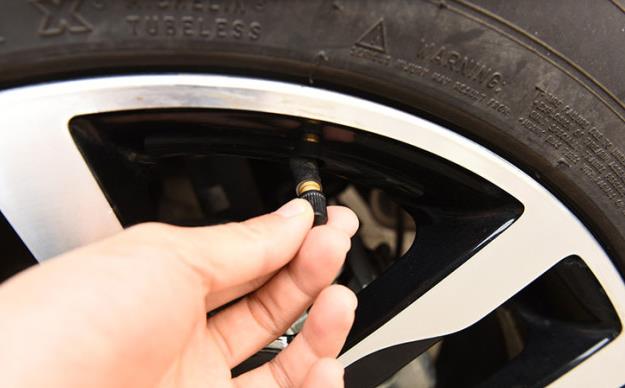Driving in the Rain: How to Stay Safe
“People are driving like they’ve never seen it rain before.” Perhaps you’ve heard that phrase before — or maybe even muttered it yourself, under your breath, as you were running late to a meeting while sitting in super-slow, weather-related traffic.
You may have never been involved in a rain–related accident before, but if you have, you know that rainy roads can be extremely deceiving. In fact, driving in the rain or on wet pavement is statistically much more likely to cause an accident than driving in the snow or on ice, according to the U.S. Department of Transportation.
But why? How can a little water be so dangerous — especially when compared with snowy or icy roads? It’s simple. People overestimate their driving abilities and underestimate the rain’s effects. If you remember one thing, remember this: Respect the rain and remain vigilant at all times when driving on wet roads.
Keep reading to get more information on what you can do to maintain your tires for rainy weather and avoid hydroplaning on wet pavement.
Maintain Your Tires for Rainy Roads
One of the most basic things that you can do to stay safe while driving in the rain is to keep your tires “rain ready” — both tread-wise and pressure-wise.
It’s easier to slip and fall while walking on a wet floor if you’re wearing shoes with slick soles. The same concept is true for your tires — if you’re driving on wet pavement with tires that have little to no traction, you’re more likely to slide off the road or into another vehicle. Bald tires are never a safe option, especially in rainy conditions.
When it comes to evaluating your tires’ tread, remember these numbers: 2 and 32. If your tires’ tread depth is measured at 2/32" or less, it’s time to replace them. Once your tires’ tread gets to 2/32", they’re unsafe and considered legally bald in most states.
Do keep tire pressure in mind, too. A properly inflated tire allows water to flow freely through the tire tread pattern and across the tire footprint the way it was designed. If your tires have low air pressure or are significantly underinflated, they will start to become concave. A concave tire traps the water, increasing your risk of hydroplaning. If your vehicle doesn’t alert you that your tires have low air pressure, it’s a good idea to check them yourself, once a month, using a tire pressure gauge.
How to Avoid Hydroplaning
It’s one of those terrifying terms you may have initially encountered in driver’s education class: hydroplaning. Maybe you’ve even experienced it yourself — that chilling feeling of your vehicle floating over the road, with your tail end loosely fishtailing, and no amount of steering or braking can control it. If it happens to you, you’ll know it.
Hydroplaning happens when one or more of your vehicle’s tires are essentially riding on a thin layer of water and you have completely lost contact with the pavement.
So what causes hydroplaning and how can it be avoided? Hydroplaning most commonly occurs during heavy rainstorms when there are puddles on the road, but it can also happen with as little as 1/12" of water and at speeds as slow as 35 miles per hour — even with brand new tires on your vehicle. Keep yourself and others safe by slowing down and avoiding sharp turns and hard brakes while driving in the rain.
Using Cruise Control in the Rain
Most vehicles today offer technology such as cruise control or adaptive cruise control to make your driving experience easier and worry free. Although this foot-free technology, which allows you to cruise down the highway at constant speeds, is great for dry conditions, it isn’t safe for rainy days. You’re much more likely to lose control of your vehicle or hydroplane while using cruise control on wet pavement. Here’s why.
When you’re driving without cruise control on, gently easing on and off the gas causes your vehicle to dip forward a bit, providing your front tires with more traction. Alternatively, when you are driving with your cruise control engaged, your speed remains constant, so there is no forward dip and, thus, less traction. Wet or inclement weather has also been shown to interfere with vehicles’ sensors and reduce overall reliability.
Long story short, if you’re driving in rainy weather, it’s no time to be sitting back and cruising along. Keep your cruise control disengaged, and keep your eyes peeled and ears perked at all times, so you’re able to respond to any situation.

























